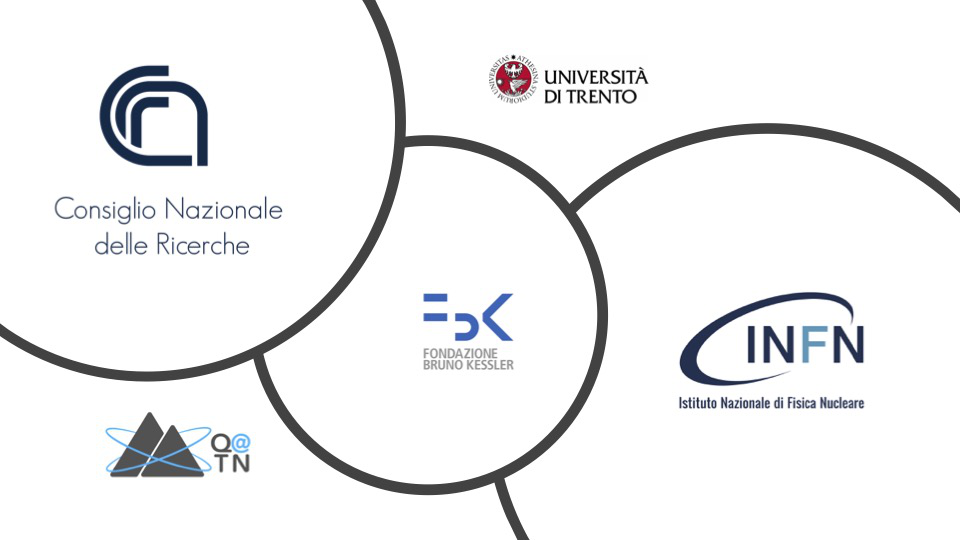Speaker
Description
In fundamental physics, such as in the axion search, linear amplifiers become a limitation when working at frequencies as high as 10 GHz. Reaching sensitivities necessary to the detection of QCD axions at high frequencies, therefore, requires the use of single-photon sensors. The detection of single microwave photons with good efficiency and low dark counts is a hard challenge, but Josephson systems are proved to be particularly suitable for this task. A simple strategy consists in the use of a current-biased Josephson junction as a switching detector.
Within the SIMP project, we are testing Al/AlO$_{\text{x}}$/Al Josephson junctions to implement this technology. Combining simulations and a first characterization based on escape measurements, we estimate an optimal working point for a Josephson junction-based photon counter, consisting in a current bias of $I_b = 0.65 \, I_0$. In this bias condition, the dark count rate would be as low as $1~\text{mHz}$, only due to macroscopic quantum tunneling.
Then, this contribution will mainly focus on the characterization of a Josephson junction integrated in a single chip with a coplanar waveguide, constituting the simplest prototype of photon detector. The study is based on the switching behavior in the presence of microwaves. When the junction is stressed with continuous microwaves, switching events occur with only one or few photons, thanks to the resonant activation which increases the probability of switching. When pulsed microwaves are applied, we observe that the number of photons required for the junction activation is approximately equal to the number of levels in its potential well, as expected from the simulations. In our experimental conditions, this number is few tens of photons.

